The Hyundai N Vision 74 represents a recent and rising aesthetic trend in automotive design. Led by the recent releases of the new Ford Bronco, Nissan Z, and continued popularity of the Mercedes Benz G-Class, the retro design aesthetic has become increasingly popular among car buyers and motorsport enthusiasts.
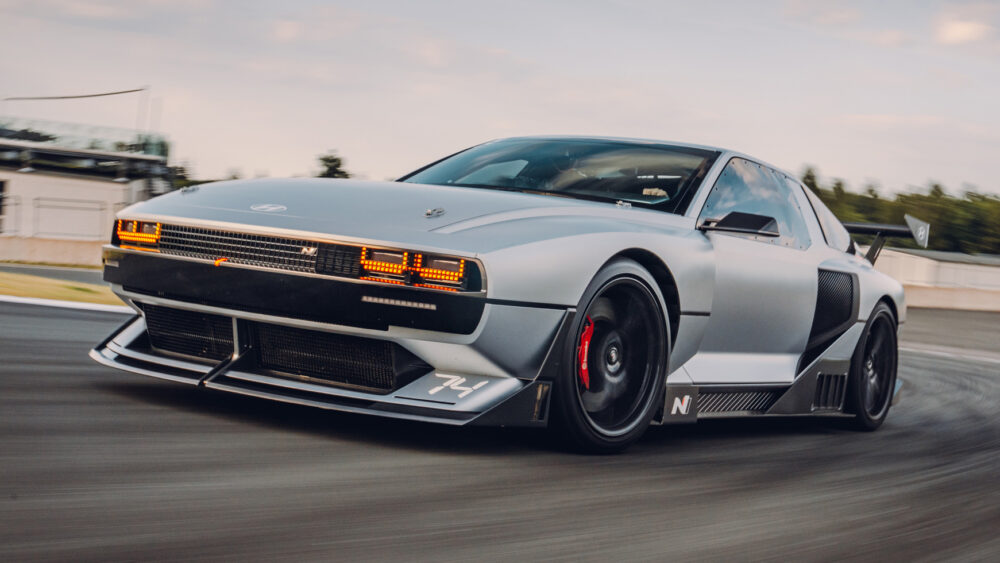
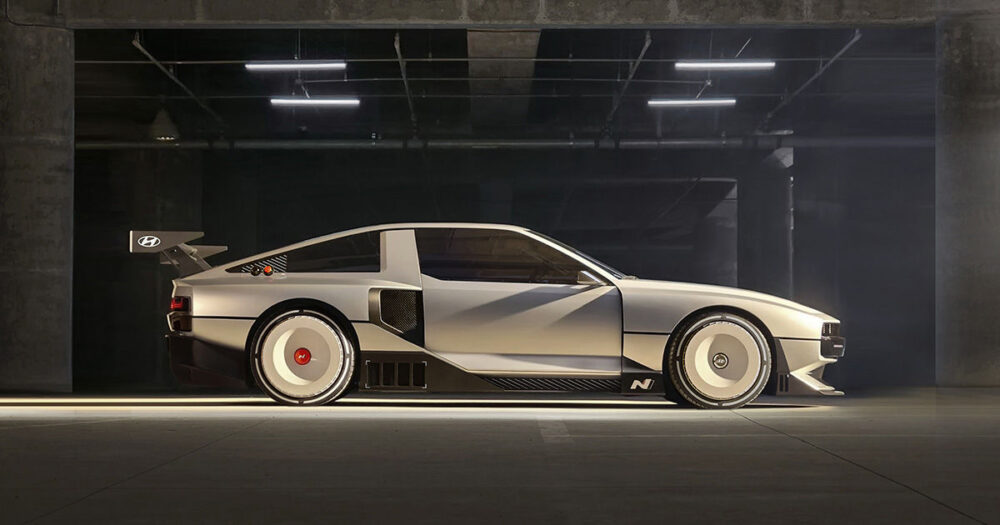
Vehicles of the 70s and 80s exhibited sharp angles, line segments, and boxy frames. Initially, boxy designs were used to maximize interior space, which in turn, made vehicles more practical, and maximized functionality. Vehicle manufacturers were not concerned with making their family sedans appear sporty, and thus sweeping curves and smooth panels were largely ignored for cars considered to be out of the performance segment.
A number of sports cars from this era also had sharp edges and boxy designs, however. Due to manufacturers putting less emphasis on aerodynamics than in the modern day, cars like the BMW M1, Lamborghini Countach, and the Lotus Esprit had squared off edges and boxy footprints. This became a popular styling choice for the decade, inspired by vehicle design of the 1970s.
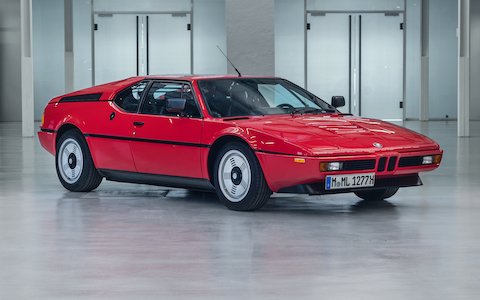
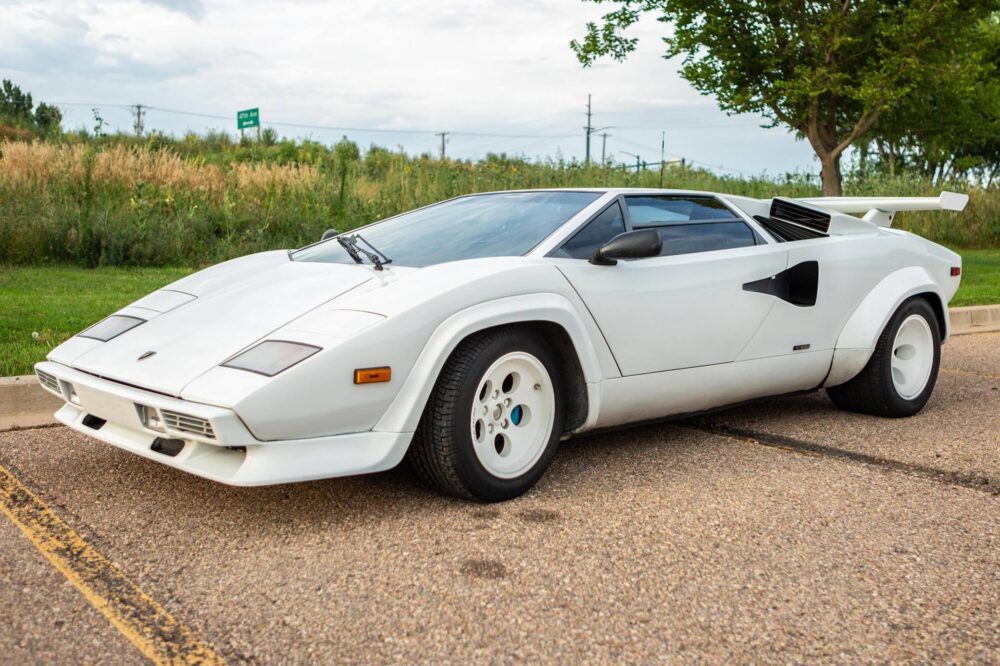
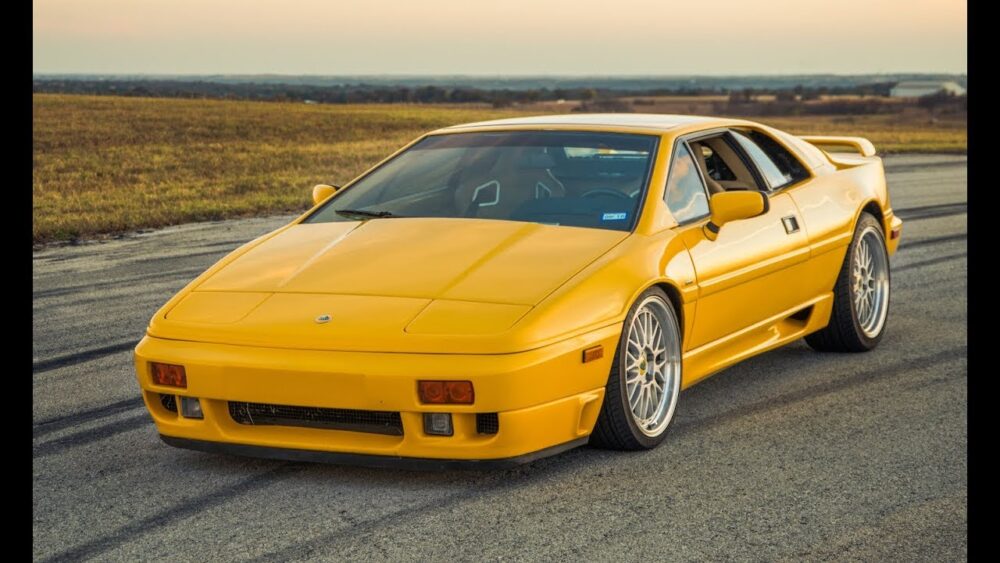
There has been a modern resurgence in angular automotive design, with many models showing this styling since 2020. With the successful rerelease of the Ford Bronco, many manufacturers have shifted their design focus to a retro modern aesthetic. The new Bronco has the same boxy appearance, with the classic large grill and lifted stance. This design stands out because it clashes with the elegant, sweeping curves found on most modern vehicles. It is refreshing to the eyes, since in the age of the SUV, the Bronco’s design stands alone.

The Mercedes G-Class is a lesson in design consistency. In the year 2024, you can buy a new G-Class that looks surprisingly similar to its predecessors all the way back in the 1970s. The design is classic and timeless, retaining its original box shape and large, round headlights.

The new Nissan Z continues the coupe silhouette which has become classic in the Nissan Z line, and features a front end very similar to the Datsun 240z, originally made in the 1970s.
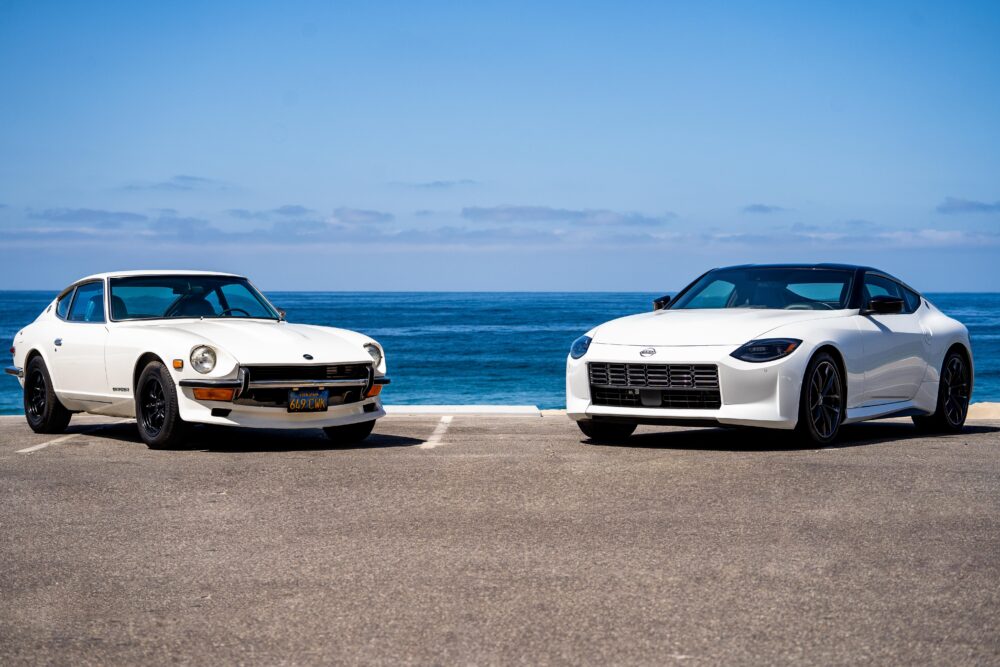
The N Vision 74 keeps the same key design theme as all of these examples. It uses obvious design elements from an older model in the Hyundai archives: the 1974 Hyundai Pony Coupe. The Pony Coupe was never released, but was rather meant to be a design concept that represented the timelessness of bold geometry and sharp, angular body lines.
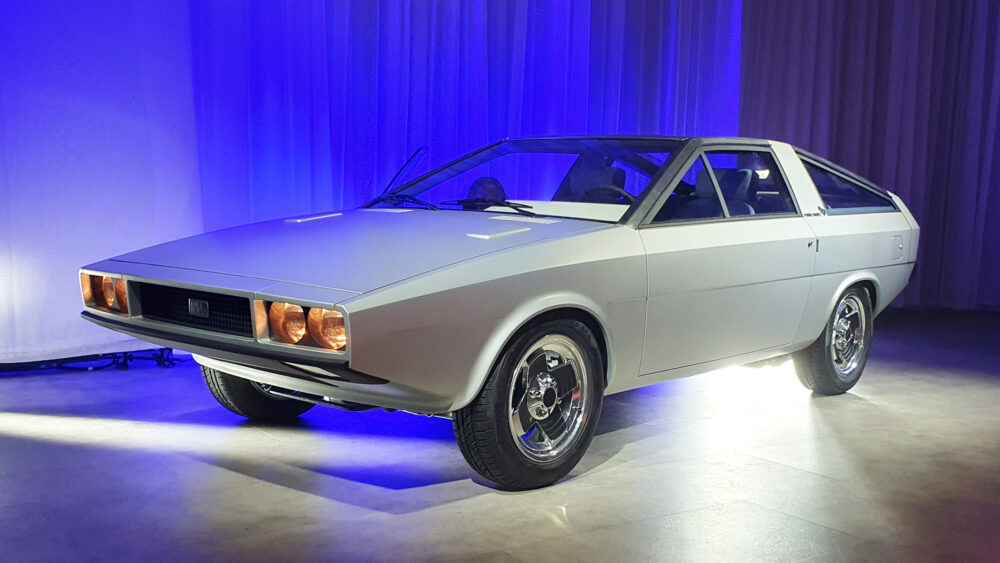
Originally designed by Italian designer Goigetto Giugiaro, the Pony Coupe shares a number of elements with popular Italian sports cars of the era. The roof is flat, with the back of the roofline dropping down at an angle, rather than curving smoothly from roof to rear end, a popular design choice shown in the Ferrari 308 GTB and Maserati Merak. The front has an angular slope, reminiscent of the Lamborghini Countach.
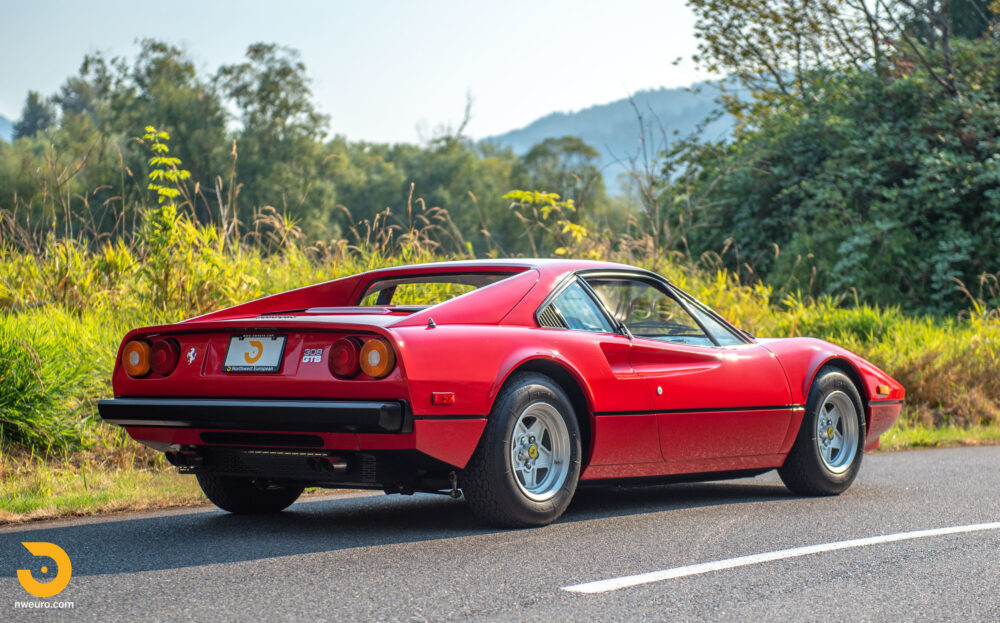

When compared to the Pony Coupe from 1974, it is easy to spot the similarities between it and the N Vision 74. The body lines remain largely unchanged, causing the modern concept to look just like its predecessor, and thus much like popular Italian performance models from the 1970s. The body lines keep a classic, timeless theme, while the more aggressive front splitter, diffuser, air inlets, wing, and larger wheels add a modern design twist.
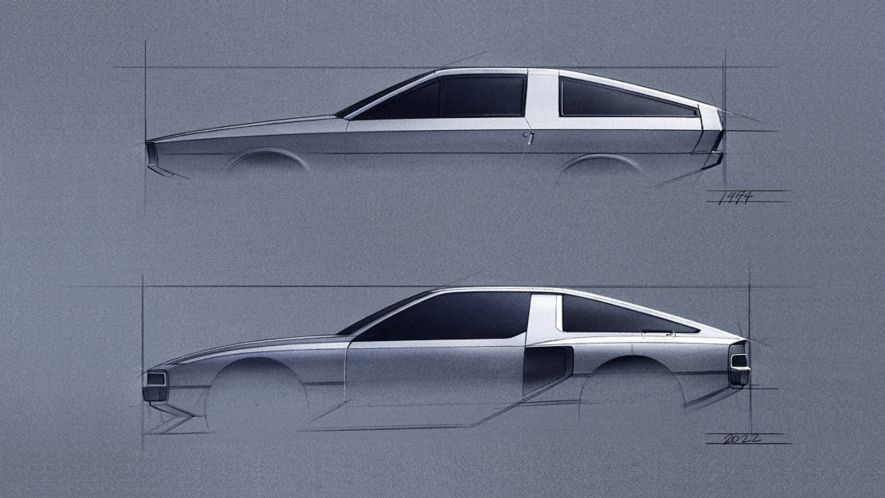
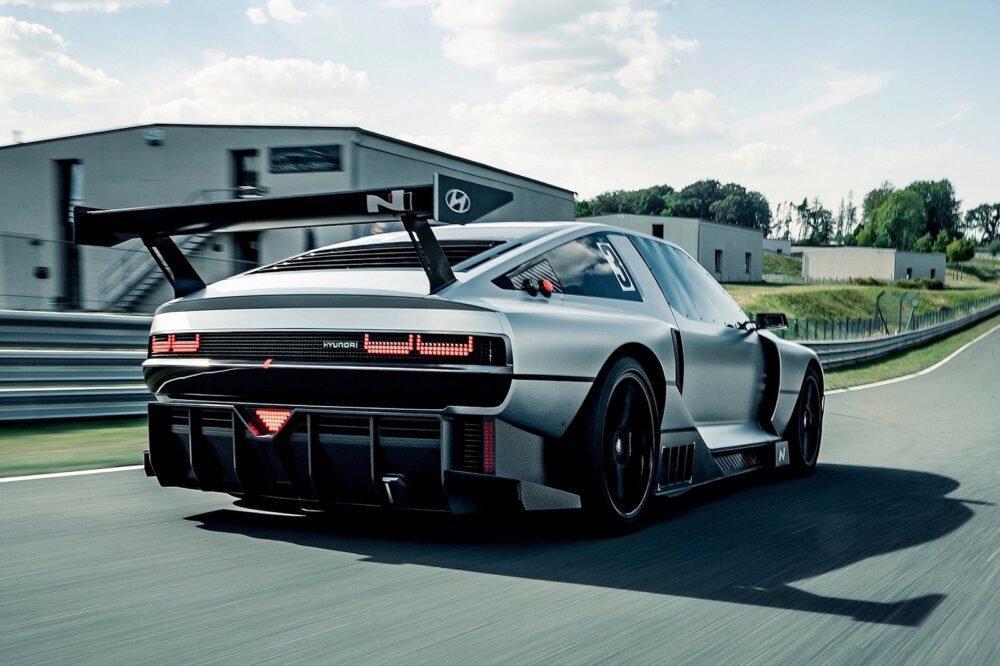

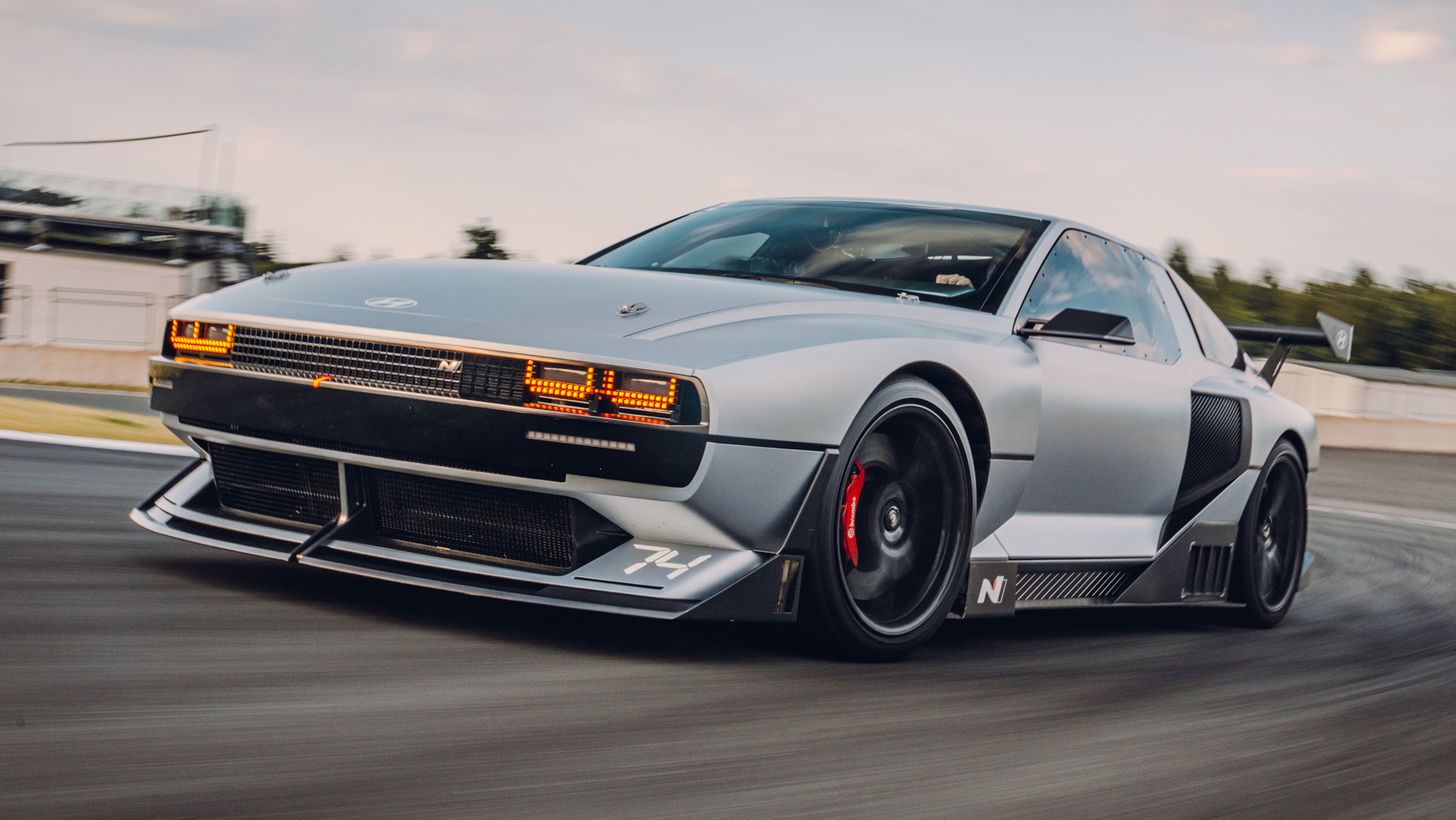
2 Comments. Leave new
Great post, I really love the detailed explanation on the differences between the older generation and the newer generation differences. I think a large drive of these modern-retro styled cars is the increase in interest of older vehicles as of recent. Another trend going on in the car world is taking older cars such as the R34 Nissan GTR and modernizing it. I think it was Top Secret tuning shop in Japan who did the first R34 to R35 swap. Basically taking the entire R35 car and putting a R34 body on it. If you’re interested, this is a really cool video of a company doing the same sort of swap but with old school FJ cruisers https://www.youtube.com/watch?v=Oi9jk_J6gss .
I also saw you mentioned the classic styling of the Countach in your post. I don’t know if you’ve seen but they released a new Countach, borrowing the same design from the older generation.
You did an amazing job laying out the throwbacks and new trends and it is so interesting to see that change happen and see the industry welcome the throwbacks into the market with massive love. Other than the Mercedes G-class the auto industry chose to transition away from this aesthetic and I am wondering if this was a purely aesthetic choice or if it was a choice made with an engineering emphasis and the aesthetic value is now outweighing the engineering benefits.